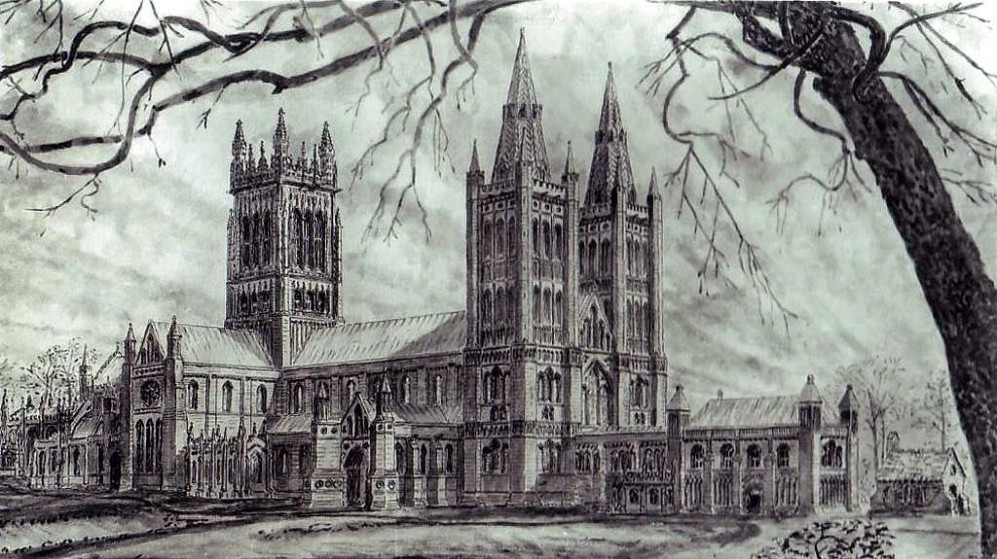
King Arthur: The Truth Behind the Legend
by Rodney Castleden.
Routledge, 1999.
Rodney Castleden is well known as an investigator into prehistoric enigmas such as the Minoan civilisation, Neolithic Britons and giant hill figures, and has here turned his attention to Arthur.
As expected, this is a widely researched book burrowing into scholarly literature, archaeological reports, fringe theories and texts both ancient and modern. There are photos of relevant sites and a generous helping of detailed maps, plans and figures mostly by the author himself (though, disappointingly, three illustrations by the present reviewer are uncredited and unacknowledged) and the whole is attractively laid out.
There are also a few typos, some of which didn’t seem to have been corrected for the paperback edition, but these don’t detract too much.
Continue reading “A bold but misguided exercise”


